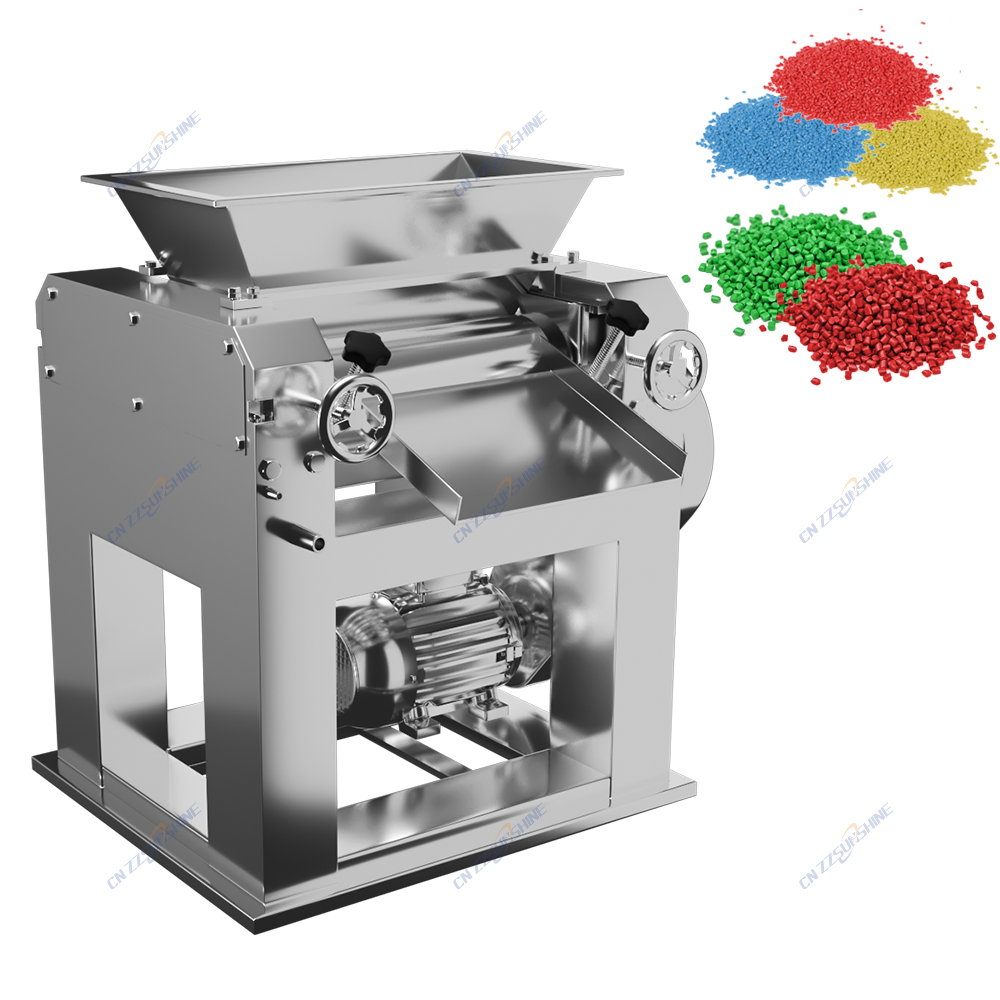Efficiently producing high-volume, high-quality bar soap demands a precisely engineered industrial soap making production line. This integrated system transforms raw materials into finished laundry or toilet soap bars through a series of critical stages, each reliant on specialized machinery for consistent results and operational efficiency.
The process begins with thorough blending using a robust industrial mixer for chemical processing. This ensures homogeneous mixing of fats, oils, alkalis, and additives, forming the soap base. Achieving the correct consistency at this stage is paramount for downstream processing. The mixed soap mass then undergoes refining and extrusion, often utilizing a high-performance vacuum plodder. This key soap plodder machine removes air pockets, significantly enhancing the final bar’s density, smoothness, and longevity. Vacuum plodding is essential for premium quality in both laundry bar soap production lines and toilet soap finishing lines.
Following extrusion, the continuous soap log requires precise cutting. An automatic block cutter machine or specialized electric washing soap cutter delivers uniform bar sizes with clean edges, minimizing waste. For intricate shapes or smaller batches, especially in beauty soap making lines, a custom soap cutting machine provides the necessary flexibility. Finally, the cut bars proceed to stamping, cooling (often supported by a factory price industrial chiller), and packaging, frequently integrated with an automatic packing machine for food-grade or cosmetic applications.
Investing in a well-designed automatic soap production line, incorporating a reliable soap mixer, efficient vacuum plodder, and precise cutter, translates directly to higher throughput, superior product consistency, reduced labor costs, and minimized material waste. Whether establishing a new laundry soap making line or upgrading an existing bath soap making machine setup, selecting compatible, high-performance components tailored to the specific soap type (laundry, toilet, beauty) is critical for achieving optimal return on investment and meeting stringent quality standards.




